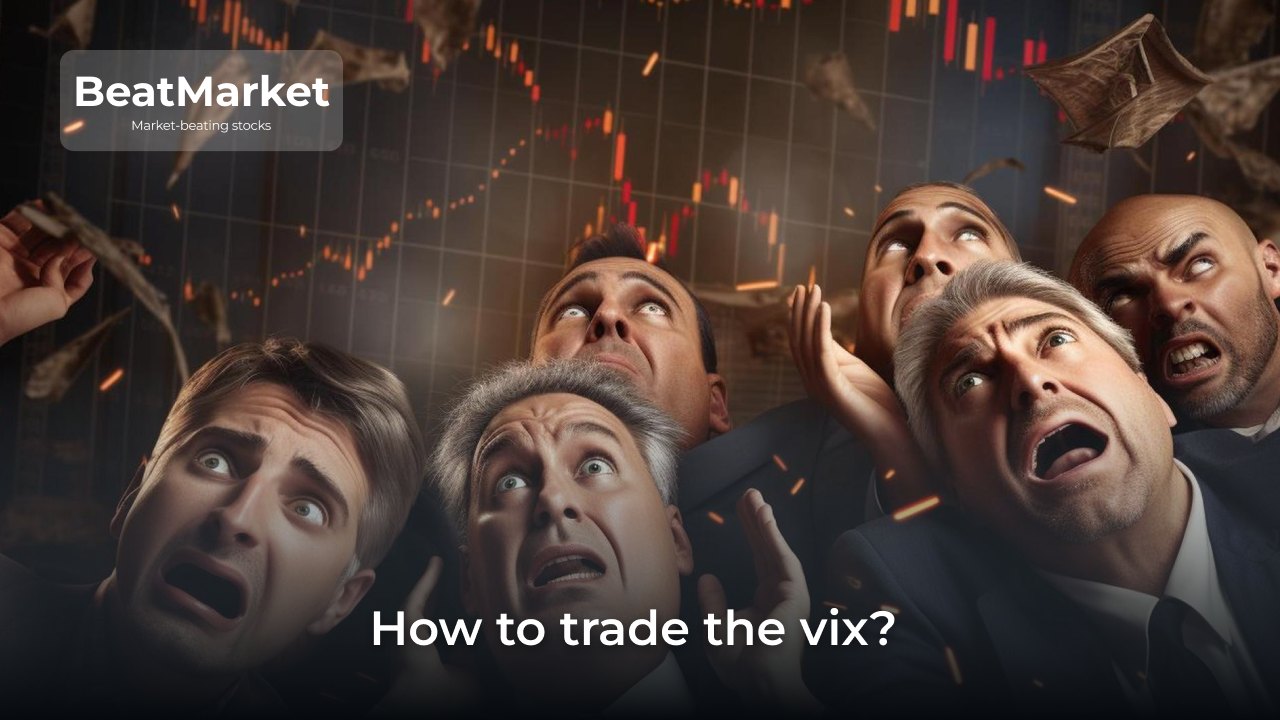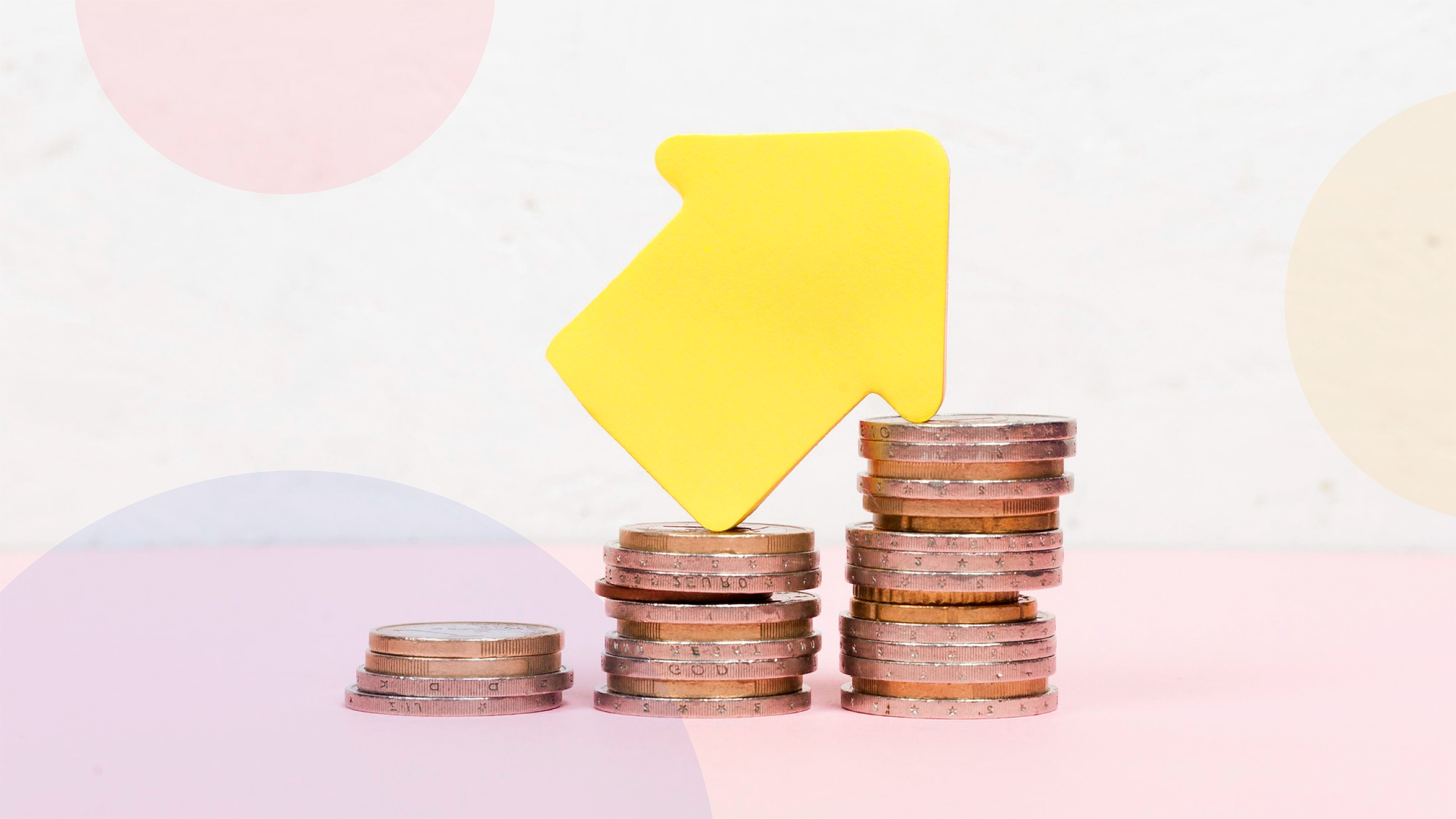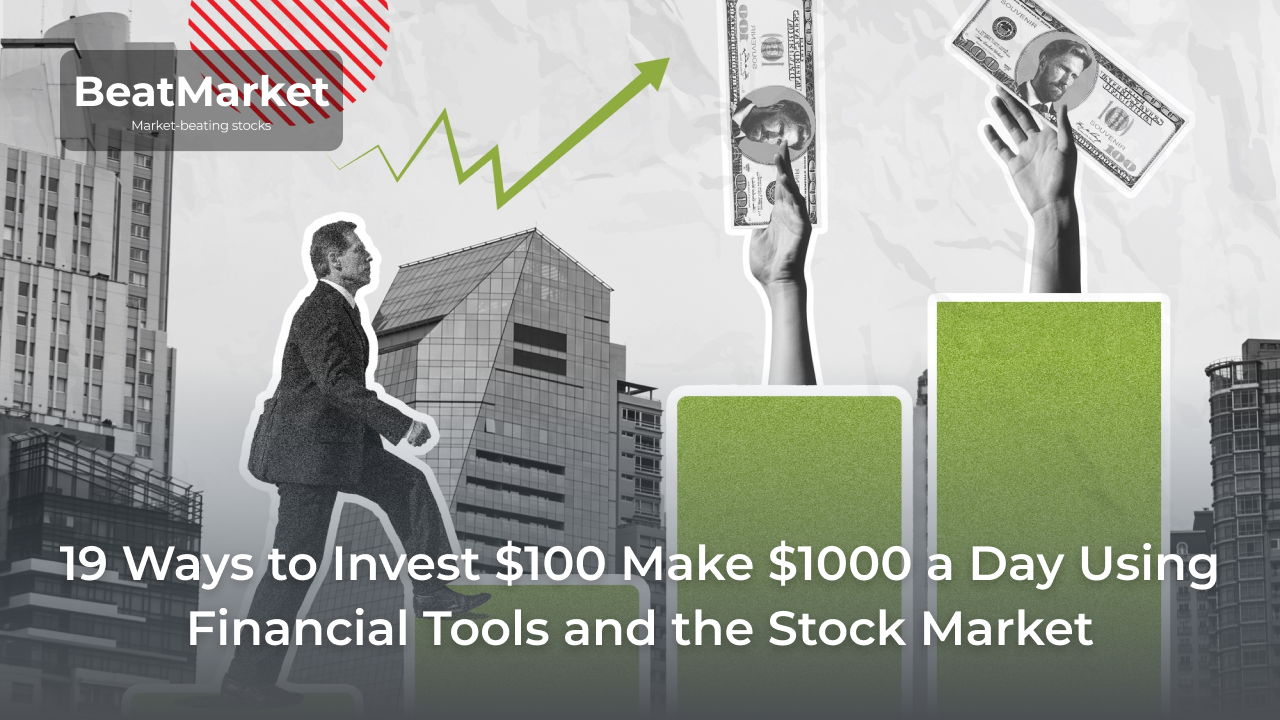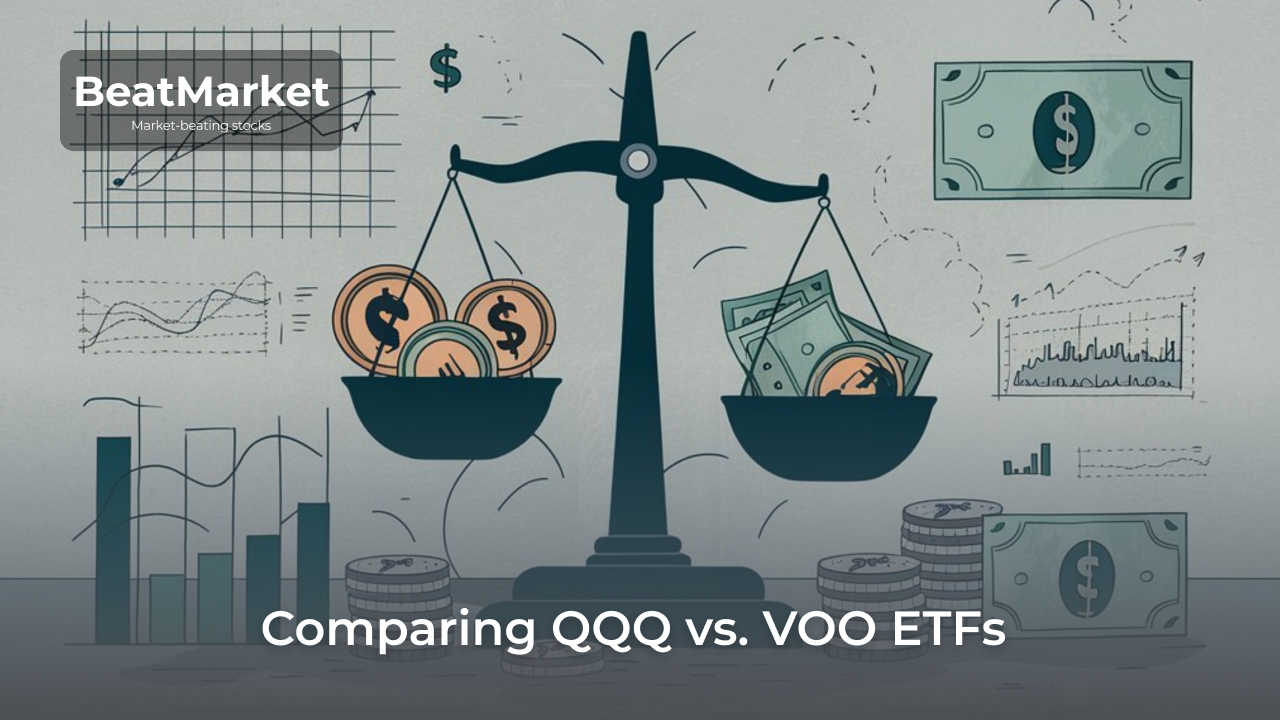The financial world offers various markets for speculation and risk management. Two prominent examples are forex trading and futures trading, though they cater to different asset classes.
Table of Contents
Key points about VIX trading
1. Trading VIX via ETFs and ETNs:
- iPath Series B S&P 500 VIX Short-Term Futures ETN (VXX): This ETN tracks short-term futures, allowing investors to play on lower volatility.
- ProShares Short VIX Short-Term Futures ETF (SVXY): This ETF also tracks short-term futures, but uses an ETF structure rather than an ETN.
2. VIX Futures:
- VIX Futures: Futures contracts are traded on Chicago Board Options Exchange (CBOE) Global Markets. These contracts give market participants the opportunity to speculate directly on future S&P 500 volatility. Futures contracts with different maturities are available, allowing investors to hedge risks or place bets on different time frames.
3. VIX Options:
- VIX options are also traded on Cboe Global Markets.
- These options give investors the right, but not the obligation, to buy or sell VIX futures contracts at a specific price on a specific date.
- VIX options can be used for various strategies, including hedging, speculation, and income generation.
4. VIX as an Indicator:
- VIX is often called the “fear gauge” because it reflects market expectations of future volatility.
- A high VIX can indicate increased investor nervousness, while a low VIX can indicate a calmer market.
- VIX can be a valuable tool for gauging investor sentiment and assessing potential market risks.
What is the VIX Index?
The VIX Index, also known as the CBOE Volatility Index, is a popular measure of expected stock market volatility . It’s derived from the implied volatilities of S&P 500 stock options, reflecting market expectations for short-term (typically 30-day) volatility.
Think of the VIX as a volatility gauge. A higher VIX reading indicates a higher level of expected volatility and is often associated with increased investor fear or uncertainty. Conversely, a lower VIX reading suggests lower expected volatility and potentially calmer market conditions.
It’s important to note that the VIX Index itself is not a security that can be directly traded. However, it does influence the pricing of options contracts.
How VIX Works:
- The VIX is calculated based on the prices of S&P 500 stock options, which are contracts that give the buyer the right, but not the obligation, to buy or sell a stock at a certain price by a specific date.
- The prices of these options factor in the market’s perception of future volatility. By analyzing a range of option prices, the VIX essentially captures the market’s collective guess about how much the S&P 500 might fluctuate in the coming month.
VIX as a Fear Gauge:
- A high VIX reading indicates a higher level of expected volatility, often associated with increased investor anxiety or uncertainty about future events. This can be caused by various factors, such as economic or political instability, natural disasters, or earnings disappointments.
- Conversely, a low VIX suggests calmer market conditions with lower anticipated volatility. This can be seen when the market is trending upwards and investors are more confident in the future.
Trading VIX:
- While the VIX itself cannot be directly traded, it influences the pricing of options contracts. Investors can use VIX-based Exchange-Traded Funds (ETFs) and Exchange-Traded Notes (ETNs) to gain exposure to volatility and potentially profit from market swings. However, these instruments come with their own set of risks.
Importance of VIX:
- The VIX Index is a valuable tool for investors to gauge market sentiment and make informed investment decisions. It can be used to:
- Assess the level of risk in the market
- Identify potential investment opportunities
- Hedge against market volatility
Limitations of VIX:
- It’s important to remember that the VIX is just one indicator, and other factors should also be considered when analyzing the market.
- VIX is not a perfect predictor of future volatility and can sometimes give false signals.
How to Trade and Use the VIX
Why Trade VIX
- Portfolio Protection: Investors can use VIX to protect their portfolios from market volatility.
- Speculative Trading: Some traders use VIX for speculative purposes, aiming to profit from changes in volatility.
How VIX is Calculated
The formula for the VIX involves a two-step process, with the first step being the calculation of the squared percentage returns of the S&P 500 index options. The second step involves weighting and annualizing these squared returns. Here’s an overview of the two-step formula:
- Calculate Squared Returns:
For each option with a given expiration date, the squared percentage return is calculated using the following formula:
where:
- S is the option’s settlement price.
- K is the option’s strike price.
- T is the time to expiration in days.
- r is the risk-free interest rate.
- σi is the annualized standard deviation of the stock’s continuously compounded returns.
- Weighting and Annualizing:
The squared returns are then weighted based on the time to expiration and averaged to obtain the final VIX value. The formula for this step involves multiplying the squared returns by a weighting factor and then summing them up. The result is then multiplied by a constant to annualize the volatility:
- where:
- wi is the weighting factor for each squared return.
- ΔT is the total time to expiration.
Key Trading Strategies for VIX Beginners
Buying VIX Options: Investors can buy options if they anticipate an increase in volatility.
Selling VIX Options: Traders can sell options if they expect a decrease in volatility.
How to Trade VIX
Open a Brokerage Account: Start by opening an account with a broker that provides access to VIX options trading.
Learn About Options: Understand basic options concepts, such as calls and puts, key strategies, and trading rules.
There are several ways to use the VIX in your trading strategy:
1. Hedging your portfolio:
The VIX can be used to hedge a portfolio against a market decline.
- When the VIX is high, it means investors expect higher volatility.
- You can buy VIX futures or options to protect your portfolio from potential losses.
2. Speculating on volatility:
- You can buy VIX futures or options if you expect market volatility to increase.
- You can sell VIX futures or options if you expect market volatility to decrease.
Determining market sentiment
The VIX can be an indicator of investor sentiment.
- High VIX (above 20): investors are scared, expecting strong market fluctuations.
- Medium VIX (15-20): investors are cautious but not panicked.
- Low VIX (below 15): investors are calm, confident in the market.
Additional Resources and Tools
Market Analysis: Stay updated on news and market analysis that may impact volatility.
Learning and Tips: Utilize resources like online courses, webinars, and advice from experienced traders.
VIX-Based ETFs and ETNs for Trading Volatility
While the VIX itself isn’t directly tradable, investors can use Exchange-Traded Funds (ETFs) and Exchange-Traded Notes (ETNs) to gain exposure to volatility and potentially profit from market swings. Here’s a breakdown of some popular options:
iPath Series B S&P 500 VIX Short-Term Futures ETN (VXX): This ETN tracks a daily rolling short-term futures contract on the VIX. It aims to profit from rising volatility, as its price tends to increase when the VIX rises.
ProShares Short VIX Short-Term Futures ETF (SVXY): This ETF takes the opposite approach to VXX. It inversely tracks the VIX by using short futures contracts. SVXY profits when the VIX falls, making it suitable for investors who anticipate or want to hedge against declining volatility.
iPath Series B VIX Mid-Term Futures ETN (VXZ): Compared to VXX, VXZ offers exposure to futures contracts with a slightly longer maturity. This can result in potentially lower volatility decay, a phenomenon where these instruments tend to lose value over time even if the VIX remains flat. However, VXZ might also offer slightly lower returns compared to VXX.
Choosing the Right Option:
The best choice among these depends on your specific goals and risk tolerance.
VXX is ideal if you expect short-term spikes in volatility and want to amplify potential gains.
SVXY is suitable for those anticipating or seeking protection from falling volatility.
VXZ might be a good compromise for investors who want to balance volatility decay with potential returns.
When to Trade the VIX
VIX ETFs and ETNs typically trade during regular US market hours, which are generally between 9:30 AM and 4:00 PM Eastern Time (ET). However, the underlying value of the VIX itself can fluctuate throughout the day based on market sentiment and news events.
While you can trade these instruments throughout this timeframe, strategic timing based on volatility expectations can potentially improve your returns.
Risks and Considerations
While VIX products offer a way to play the volatility game, they come with inherent risks to understand:
- Proxy Shortcomings: ETFs and ETNs often track VIX futures contracts, not the VIX itself. These futures contracts expire and need to be rolled over to new contracts, which can introduce lag effects. This means the price movements of these instruments might not perfectly mirror the VIX, potentially leading to missed gains or unexpected losses.
- Negative Roll Yield: VIX futures contracts are typically priced higher than the spot VIX level (contango). This means when these futures contracts expire and are rolled over to new ones, investors may experience a negative roll yield. Over time, this erosion can eat into your returns.
- Inverse VIX Challenges: Products like SVXY that profit from falling volatility require close monitoring. If the VIX spikes unexpectedly, even for a short period, they can experience significant losses. These instruments might be better suited for experienced traders comfortable with active management.
- Market Crash Risk: While the VIX is often seen as a hedge, during a severe market crash, the VIX itself might surge dramatically. This could lead to unexpected losses or missed opportunities depending on your specific VIX exposure.
Last | 03/01/24 EST
Conclusion
The VIX offers a unique window into market volatility expectations. By utilizing VIX-based ETFs and ETNs, investors can gain exposure to volatility and potentially profit from market swings. These instruments primarily serve as hedging tools to offset losses during market downturns. However, VIX trading is complex and carries inherent risks like volatility decay, proxy lag, and negative roll yield. Carefully consider your risk tolerance and investment goals before incorporating VIX products into your portfolio.
FAQs
H3: What are some alternatives to VIX ETFs?
There are VIX ETNs, which, like ETFs, track VIX futures contracts.
How can VIX instruments be used for hedging?
Investors can use VIX ETFs to hedge their portfolios against market downturns. During periods of increased volatility, VIX ETFs tend to rise, which can offset losses in other assets.
What indicators can be used to predict the VIX?
There are many indicators that can be used to predict the VIX, including the VIX Fear & Greed Index, the CBOE Volatility Index (VIX), the Put/Call Ratio (PCR) and others.
What is the difference between VIX and VIX futures?
VIX is a market index that measures the implied volatility of S&P 500 index options. futures are contracts that agree to exchange a certain price for VIX at a future date.
What is the difference between VIX and UVIX?
VIX measures the implied volatility of S&P 500 index options, while UVIX measures the implied volatility of the S&P 500 index itself.
What is the VIX term structure?
The VIX term structure is the relationship between the prices of VIX futures contracts with different expiration dates.







